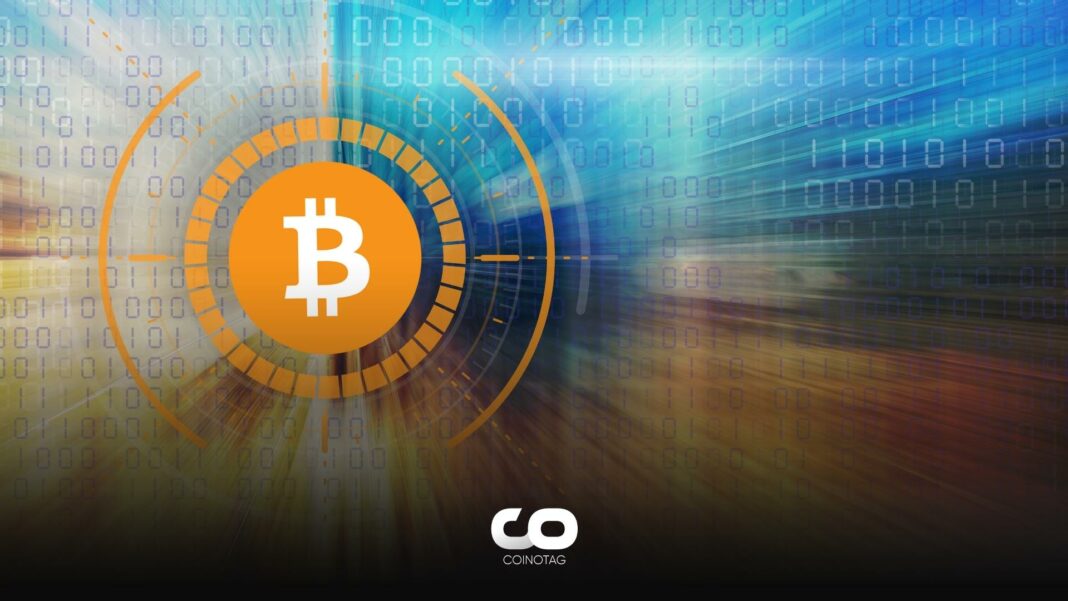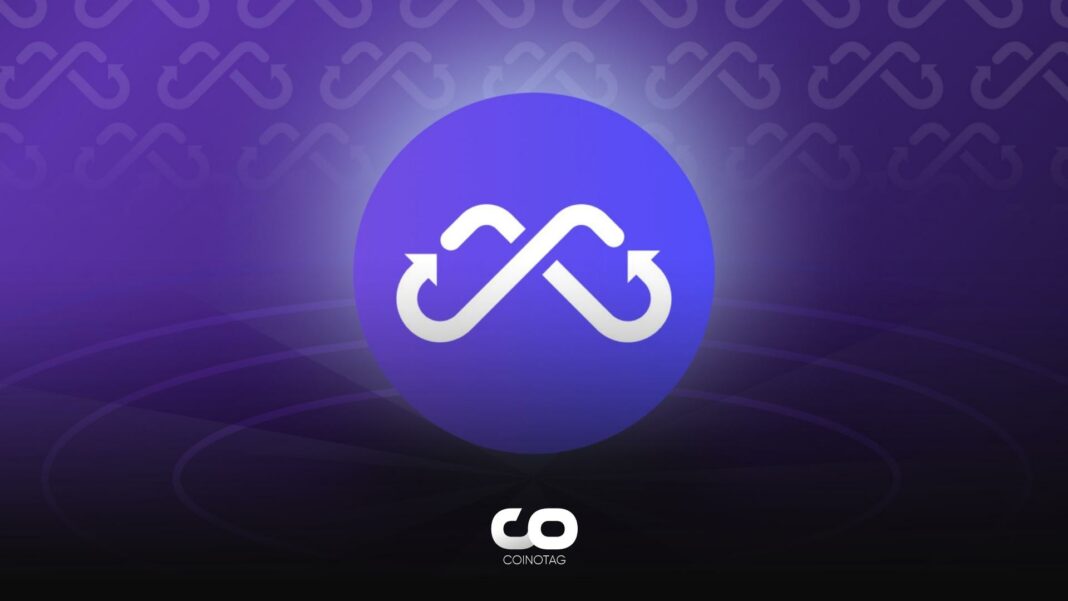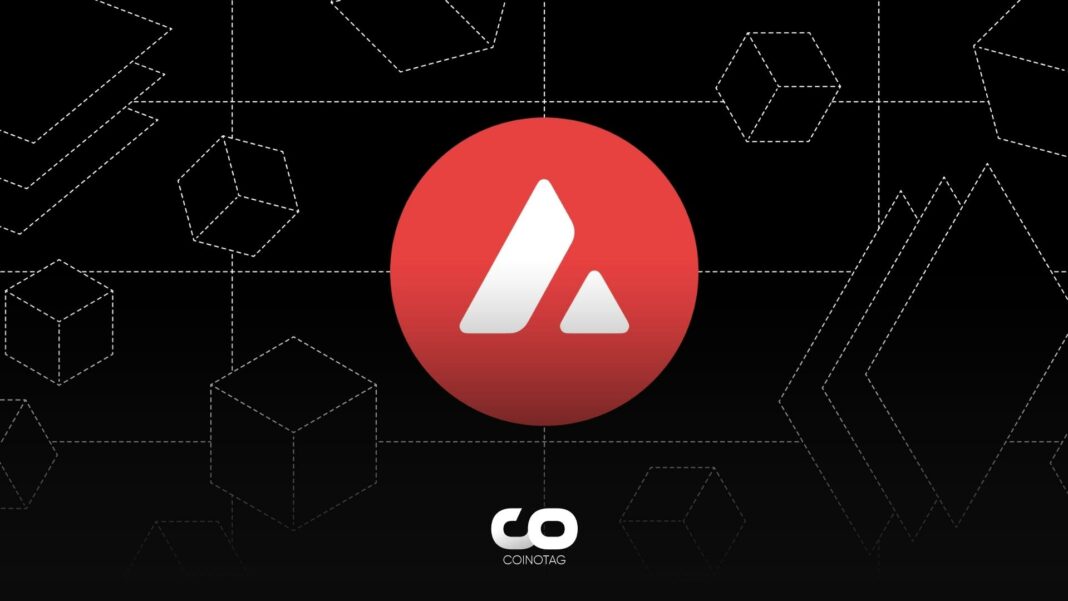| COINOTAG recommends • Exchange signup |
| 💹 Trade with pro tools |
| Fast execution, robust charts, clean risk controls. |
| 👉 Open account → |
| COINOTAG recommends • Exchange signup |
| 🚀 Smooth orders, clear control |
| Advanced order types and market depth in one view. |
| 👉 Create account → |
| COINOTAG recommends • Exchange signup |
| 📈 Clarity in volatile markets |
| Plan entries & exits, manage positions with discipline. |
| 👉 Sign up → |
| COINOTAG recommends • Exchange signup |
| ⚡ Speed, depth, reliability |
| Execute confidently when timing matters. |
| 👉 Open account → |
| COINOTAG recommends • Exchange signup |
| 🧭 A focused workflow for traders |
| Alerts, watchlists, and a repeatable process. |
| 👉 Get started → |
| COINOTAG recommends • Exchange signup |
| ✅ Data‑driven decisions |
| Focus on process—not noise. |
| 👉 Sign up → |
- It has been announced that Bitcoin miners earned $184 million in transaction fees from April to June.
- Coin Metrics defined this increase in transaction fees as a significant change due to the emergence of BRC-20 tokens.
- In March, BRC-20 tokens inspired by Ethereum’s ERC-20 token standard were introduced. These experimental coins have achieved a market value of $240 million since their inception.
Bitcoin miners’ revenues have increased with the impact of BRC-20 tokens; although the BRC-20 effect has decreased, miners continue to benefit from transaction fee revenue.
BRC-20 Tokens Increase Miners’ Revenue
It has been announced that Bitcoin miners earned $184 million in transaction fees from April to June. This represents a significant change in the previously stagnant transaction fee market. This figure may seem small compared to the total Bitcoin mining revenue of $2.4 billion during this period, but it represents a significant increase surpassing the total transaction fees of the previous five quarters.
Coin Metrics defined this increase in transaction fees as a significant change due to the emergence of BRC-20 tokens. Ordinals, launched earlier this year, is a protocol that enables the creation of NFT-like assets on the Bitcoin network by embedding data into individual satoshis.
| COINOTAG recommends • Professional traders group |
| 💎 Join a professional trading community |
| Work with senior traders, research‑backed setups, and risk‑first frameworks. |
| 👉 Join the group → |
| COINOTAG recommends • Professional traders group |
| 📊 Transparent performance, real process |
| Spot strategies with documented months of triple‑digit runs during strong trends; futures plans use defined R:R and sizing. |
| 👉 Get access → |
| COINOTAG recommends • Professional traders group |
| 🧭 Research → Plan → Execute |
| Daily levels, watchlists, and post‑trade reviews to build consistency. |
| 👉 Join now → |
| COINOTAG recommends • Professional traders group |
| 🛡️ Risk comes first |
| Sizing methods, invalidation rules, and R‑multiples baked into every plan. |
| 👉 Start today → |
| COINOTAG recommends • Professional traders group |
| 🧠 Learn the “why” behind each trade |
| Live breakdowns, playbooks, and framework‑first education. |
| 👉 Join the group → |
| COINOTAG recommends • Professional traders group |
| 🚀 Insider • APEX • INNER CIRCLE |
| Choose the depth you need—tools, coaching, and member rooms. |
| 👉 Explore tiers → |
Despite some resistance within the Bitcoin community, it managed to attract the attention of important figures like Ordinals. One of them is Michael Saylor, the founder of MicroStrategy, who highlighted the protocol’s potential to help maintain miners’ profitability over time.
In March, BRC-20 tokens inspired by Ethereum’s ERC-20 token standard were introduced. These experimental coins have achieved a market value of $240 million since their inception. To create BRC-20 tokens and request them from a BRC-20 project, users need to send a transaction and pay a fee to ensure that their transactions are processed on the Bitcoin network and included in the next block.
| COINOTAG recommends • Exchange signup |
| 📈 Clear interface, precise orders |
| Sharp entries & exits with actionable alerts. |
| 👉 Create free account → |
| COINOTAG recommends • Exchange signup |
| 🧠 Smarter tools. Better decisions. |
| Depth analytics and risk features in one view. |
| 👉 Sign up → |
| COINOTAG recommends • Exchange signup |
| 🎯 Take control of entries & exits |
| Set alerts, define stops, execute consistently. |
| 👉 Open account → |
| COINOTAG recommends • Exchange signup |
| 🛠️ From idea to execution |
| Turn setups into plans with practical order types. |
| 👉 Join now → |
| COINOTAG recommends • Exchange signup |
| 📋 Trade your plan |
| Watchlists and routing that support focus. |
| 👉 Get started → |
| COINOTAG recommends • Exchange signup |
| 📊 Precision without the noise |
| Data‑first workflows for active traders. |
| 👉 Sign up → |
Miners Face Increasing Demand for BRC-20 Tokens
In May, with the increasing density of BRC-20 tokens, a sense of “frenzy” emerged, and people became more willing to pay higher transaction fees to make faster transactions. According to Nick Hansen, CEO of Luxor Technologies, the urgency created by BRC-20 tokens requires miners to confirm transactions faster than other Bitcoin miners to secure minted coins.
In May, transaction fees on the Bitcoin network reached such high levels that some claimed Bitcoin was under attack. In particular, the amount obtained from Bitcoin miners’ transaction fees exceeded the block reward for the first time since 2017.
| COINOTAG recommends • Traders club |
| ⚡ Futures with discipline |
| Defined R:R, pre‑set invalidation, execution checklists. |
| 👉 Join the club → |
| COINOTAG recommends • Traders club |
| 🎯 Spot strategies that compound |
| Momentum & accumulation frameworks managed with clear risk. |
| 👉 Get access → |
| COINOTAG recommends • Traders club |
| 🏛️ APEX tier for serious traders |
| Deep dives, analyst Q&A, and accountability sprints. |
| 👉 Explore APEX → |
| COINOTAG recommends • Traders club |
| 📈 Real‑time market structure |
| Key levels, liquidity zones, and actionable context. |
| 👉 Join now → |
| COINOTAG recommends • Traders club |
| 🔔 Smart alerts, not noise |
| Context‑rich notifications tied to plans and risk—never hype. |
| 👉 Get access → |
| COINOTAG recommends • Traders club |
| 🤝 Peer review & coaching |
| Hands‑on feedback that sharpens execution and risk control. |
| 👉 Join the club → |
Although the frenzy around BRC-20 tokens has subsided, Coin Metrics’ report shows that miners still earn a significant amount of transaction fee revenue. Hansen states that miners still earn 10 to 15 times more profit from transaction fee volumes compared to previous years, indicating the continuous demand for Bitcoin block space.
As the BRC-20 token ecosystem returns to normal, payments related to transaction fees may decrease slightly, but miners continue to benefit from a solid transaction fee revenue. This ongoing trend highlights the evolving dynamics of Bitcoin mining and the continuous demand for block space.
As the cryptocurrency world evolves, transaction fees and their impact on Bitcoin miners’ revenue continue to be an important consideration. The emergence of innovative protocols and the introduction of token standards can reshape the network’s economy and provide opportunities for miners to adapt and succeed in the changing digital economy.
| COINOTAG recommends • Members‑only research |
| 📌 Curated setups, clearly explained |
| Entry, invalidation, targets, and R:R defined before execution. |
| 👉 Get access → |
| COINOTAG recommends • Members‑only research |
| 🧠 Data‑led decision making |
| Technical + flow + context synthesized into actionable plans. |
| 👉 Join now → |
| COINOTAG recommends • Members‑only research |
| 🧱 Consistency over hype |
| Repeatable rules, realistic expectations, and a calmer mindset. |
| 👉 Get access → |
| COINOTAG recommends • Members‑only research |
| 🕒 Patience is an edge |
| Wait for confirmation and manage risk with checklists. |
| 👉 Join now → |
| COINOTAG recommends • Members‑only research |
| 💼 Professional mentorship |
| Guidance from seasoned traders and structured feedback loops. |
| 👉 Get access → |
| COINOTAG recommends • Members‑only research |
| 🧮 Track • Review • Improve |
| Documented PnL tracking and post‑mortems to accelerate learning. |
| 👉 Join now → |







